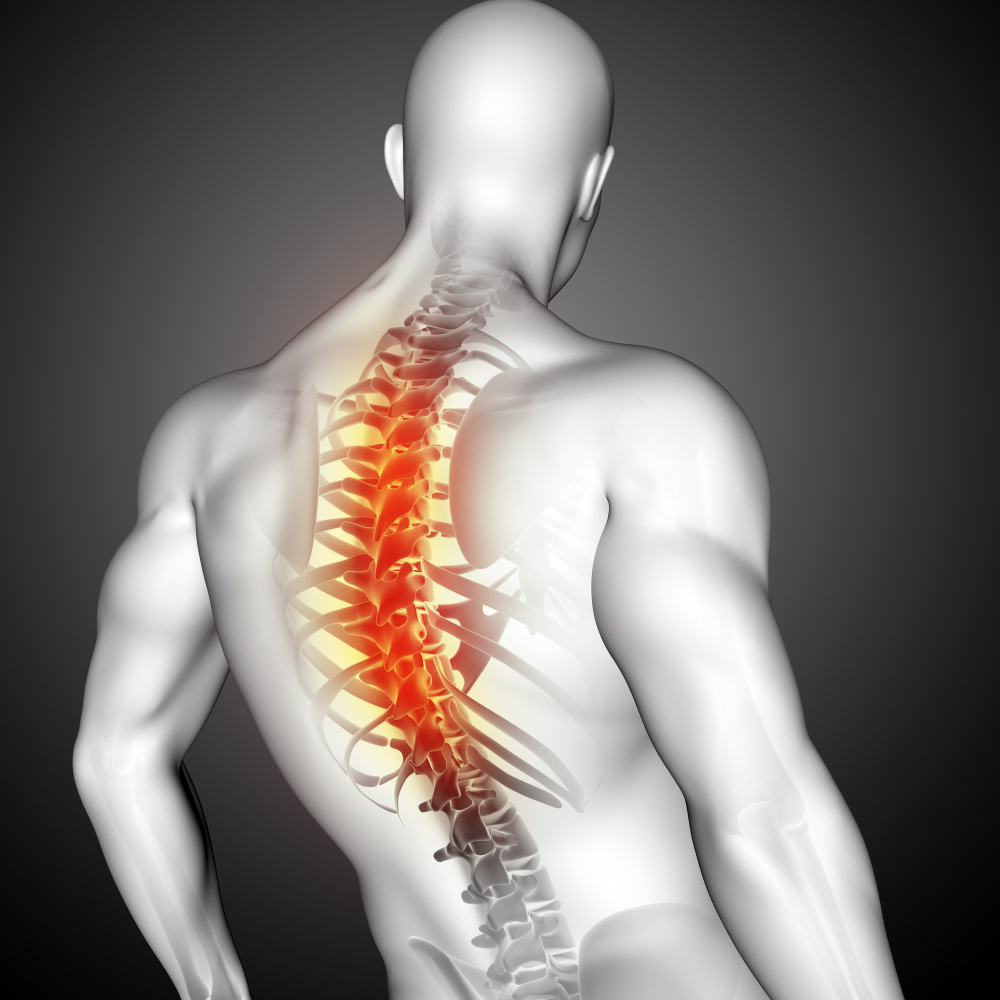Welcome to our all-encompassing guide on understanding spina bifida. This blog aims to shed light on this medical condition, often misunderstood by many. Spina bifida is a birth defect that affects the spine and can lead to physical and intellectual challenges. Our guide is designed for families and caregivers who want trustworthy information, offering clarity on spina bifida causes, symptoms, diagnosis, and ways to live with it. You’ll learn about methods to support affected individuals and discover practical strategies to handle daily challenges.
Causes, Types, and Symptoms of Spina Bifida
Spina bifida is believed to be caused by a mix of genetic and environmental factors. Some children may inherit genes that increase their risk. If a mother has spina bifida or has had previous children with it, there might be a higher risk for the child to be born with the condition. Environmental factors during pregnancy, such as a lack of folic acid, can also contribute.
There are three main spina bifida types:
- Myelomeningocele: This is the most severe type, where a sac filled with fluid containing nerve tissue sticks out from the spine. It can cause serious disabilities.
- Meningocele: This type is less severe, where only the fluid sac protrudes and usually involves fewer symptoms.
- Spina Bifida Occulta: This is the mildest form, often unnoticed, where there may be a small gap in the spine but no opening or sac.
Spina bifida symptoms vary based on the type. Those with myelomeningocele may experience paralysis, bladder issues, or learning difficulties. Symptoms can be subtle in spina bifida occulta, sometimes presenting as a small dimple or tuft of hair on the back.
Diagnosis, Treatment, and Prevention of Spina Bifida
Diagnosing spina bifida often starts with prenatal tests. An ultrasound or blood test during pregnancy may indicate a risk. After birth, a doctor may use MRIs or CT scans for spina bifida diagnosis to study the spine’s development closely.
When it comes to spina bifida treatment options, they depend on the type and severity. Surgery before or after birth can be an option, especially for myelomeningocele, to minimize disabilities. Physical therapy helps manage symptoms and improve mobility. Sometimes, assistive devices like wheelchairs or braces may be required.
Spina bifida prevention is crucial. Women of childbearing age can reduce the risk by taking folic acid supplements before and during early pregnancy. Folic acid is a type of vitamin B that’s vital for the baby’s early development. Regular prenatal check-ups also contribute to early spina bifida diagnosis and informed care.
Living with Spina Bifida: Challenges and Support
There are a lot of myths about spina bifida. Some people think it always results in severe disabilities, but that’s not true. Everyone experiences it differently. Kids and adults with spina bifida can live fulfilling lives.
Daily challenges are part of life for those with spina bifida. Mobility can be a big issue. Some might use wheelchairs or crutches, while others might need help with bladder or bowel management. School can be challenging due to possible learning difficulties.
Support systems make a huge difference. Here’s how families and caregivers can help:
- Medical Support: Regular doctor visits and physical therapy are vital. Consulting specialists who understand the condition helps manage health effectively.
- Emotional Support: Emotional well-being matters. Counseling or support groups can offer understanding and share experiences.
- Educational Resources: Schools can provide individualized programs to support learning. Educational accommodations, like extra time for tasks or the use of technology, help significantly.
Lending a helping hand can be as simple as being understanding and patient. The journey with spina bifida teaches resilience, and while it comes with hurdles, support and open communication can lead to rewarding experiences.
We hope this guide on understanding spina bifida gives you a clearer picture and helps you feel more equipped to offer the care and support needed. Whether you’re a parent, caregiver, or simply someone eager to learn, the information here is tailored to illuminate a path toward awareness and acceptance.

